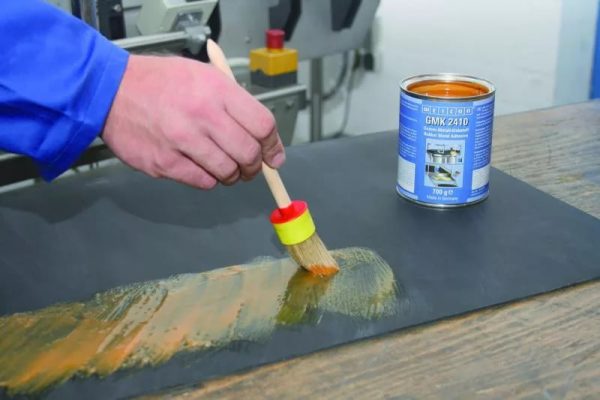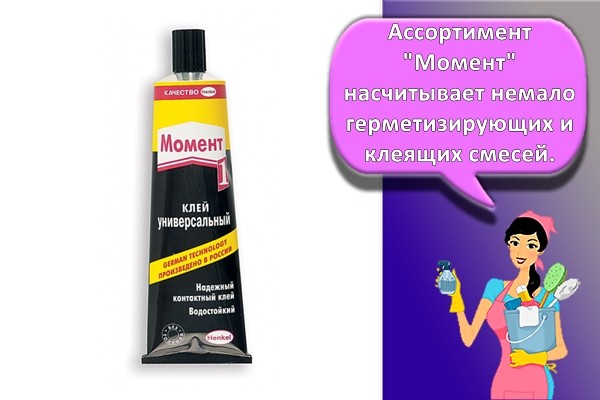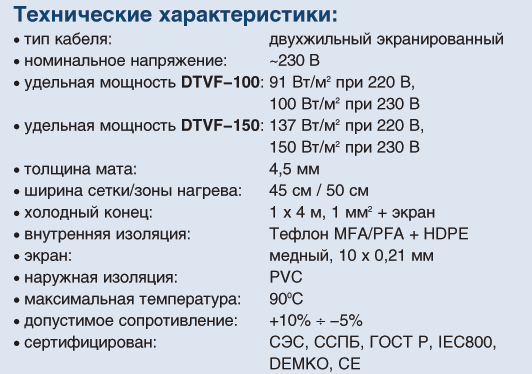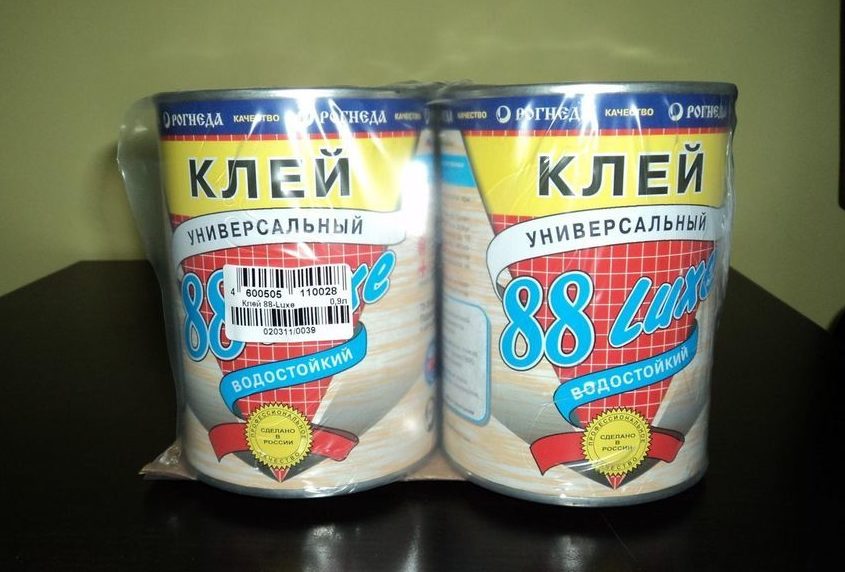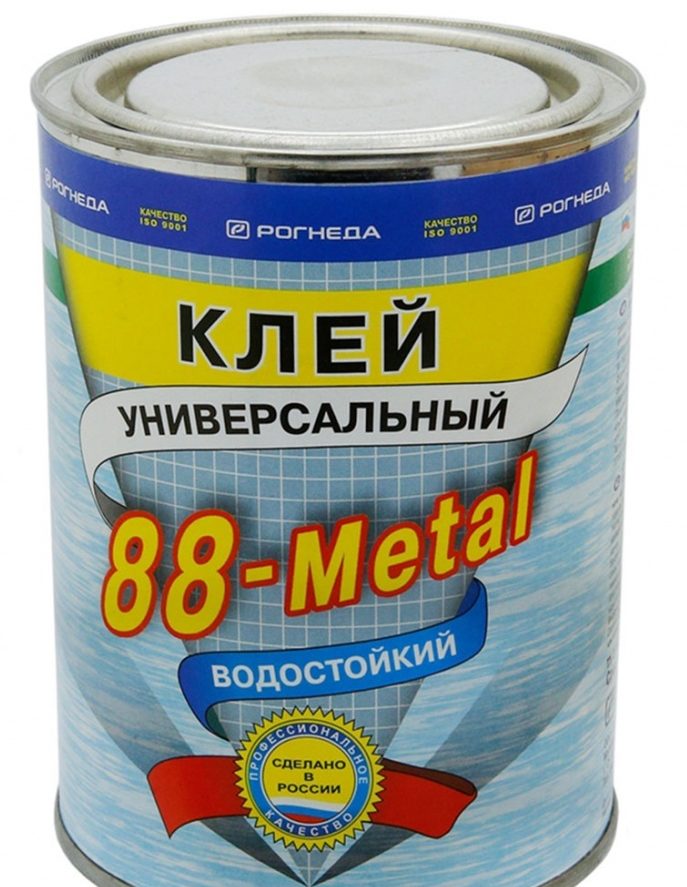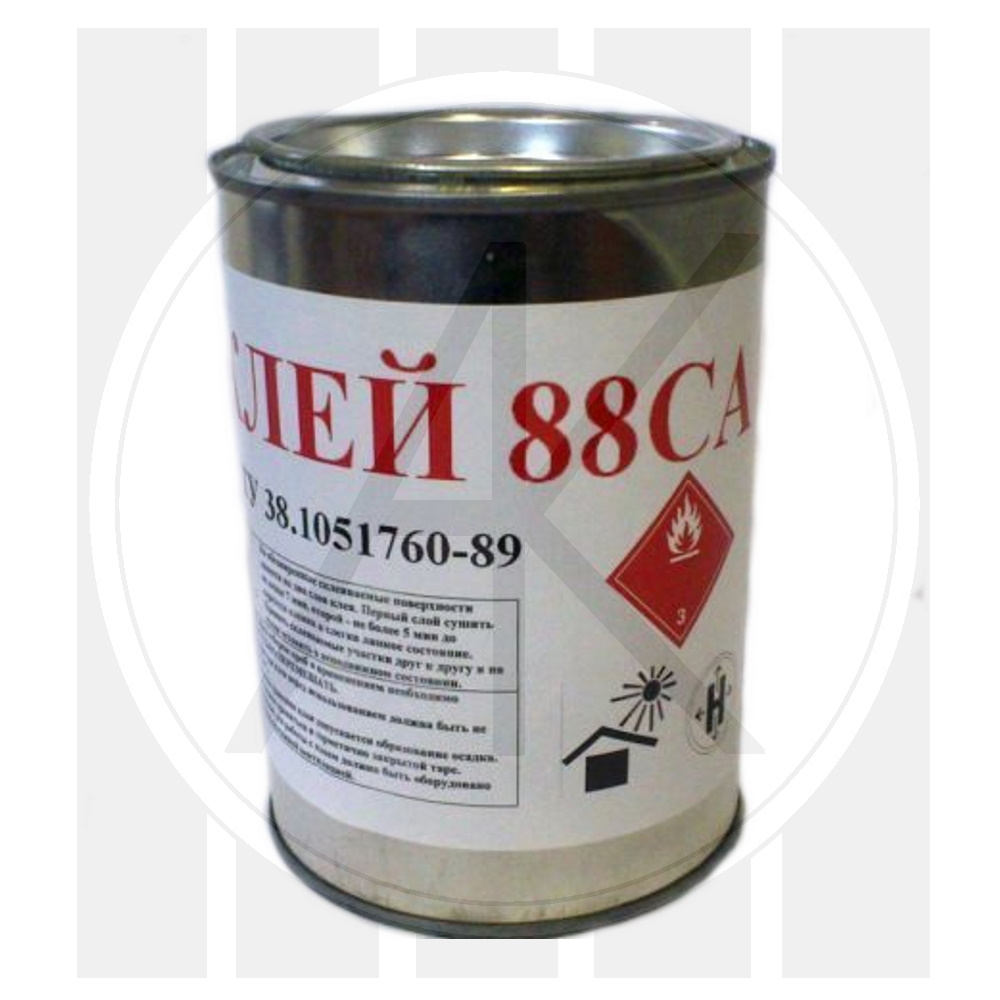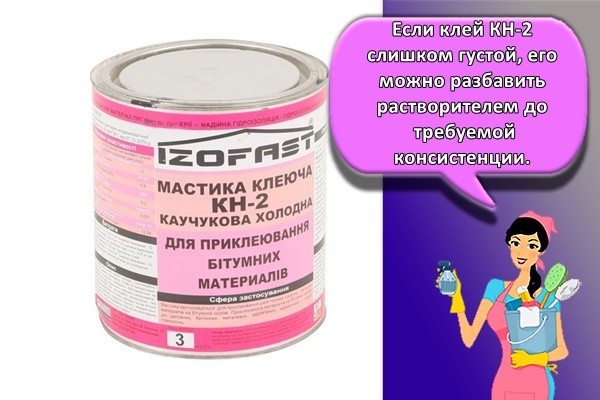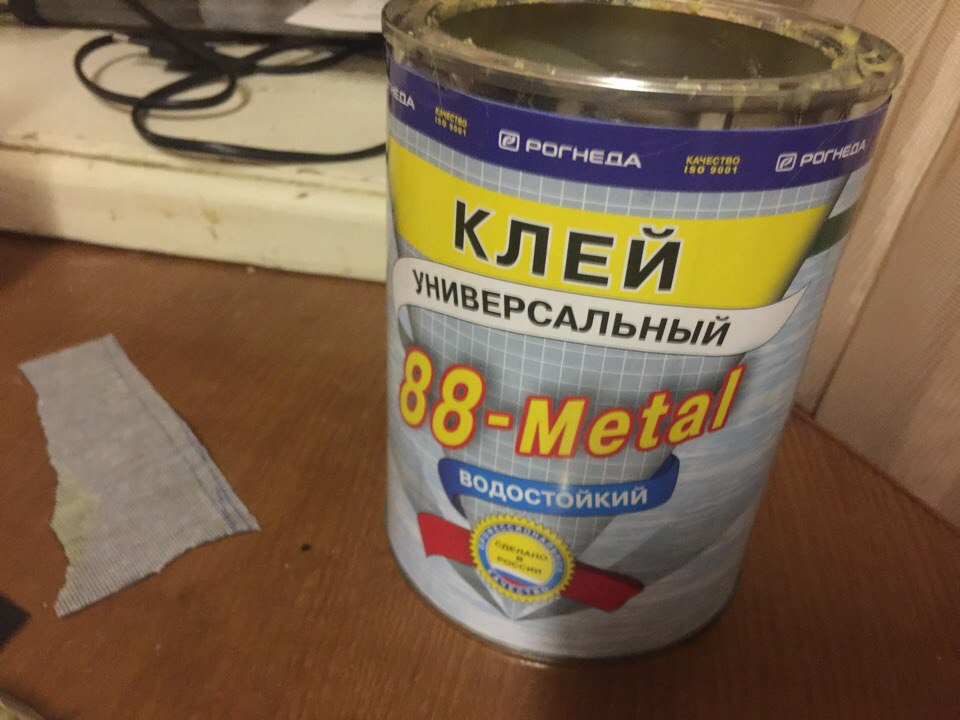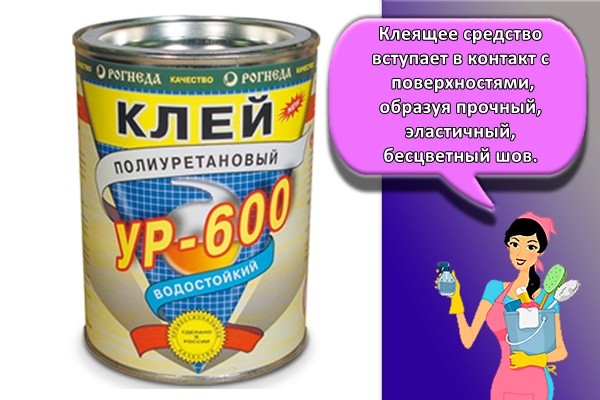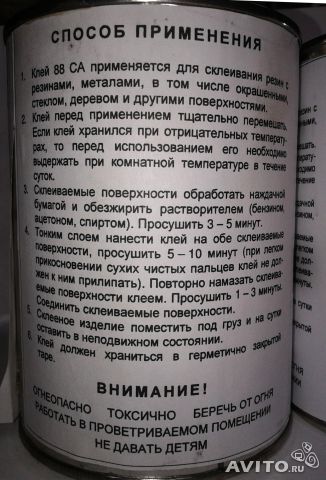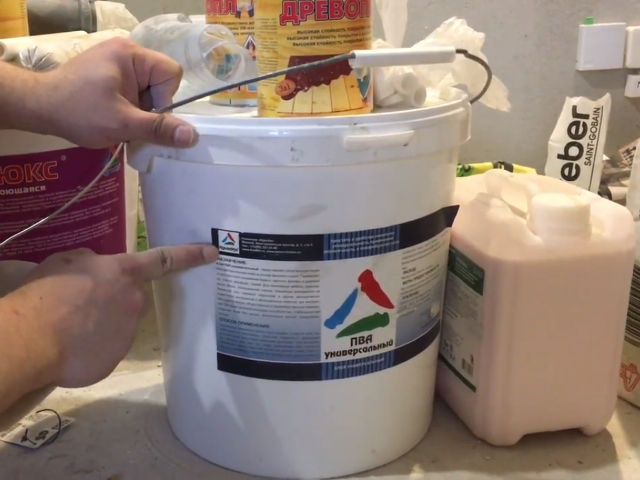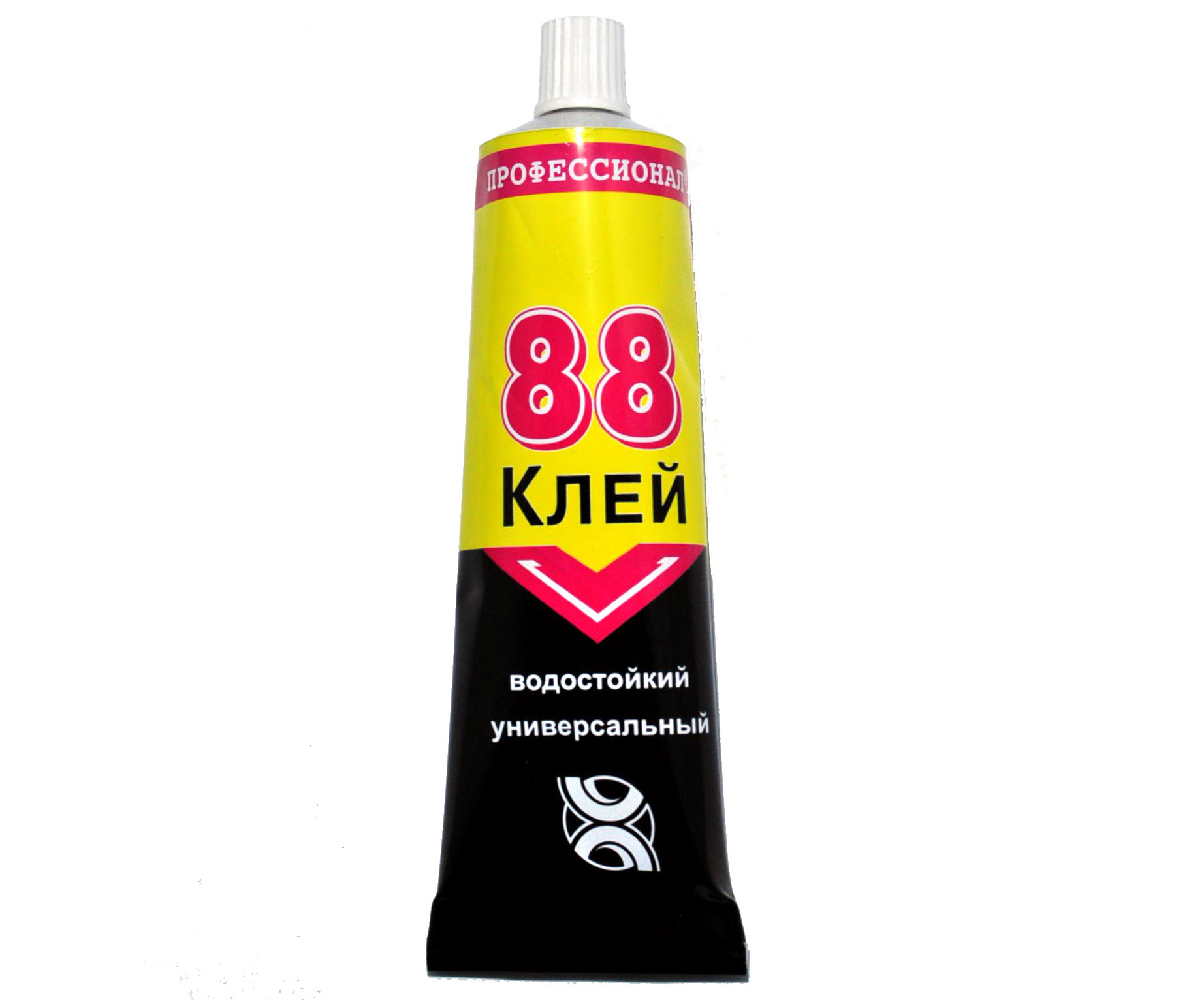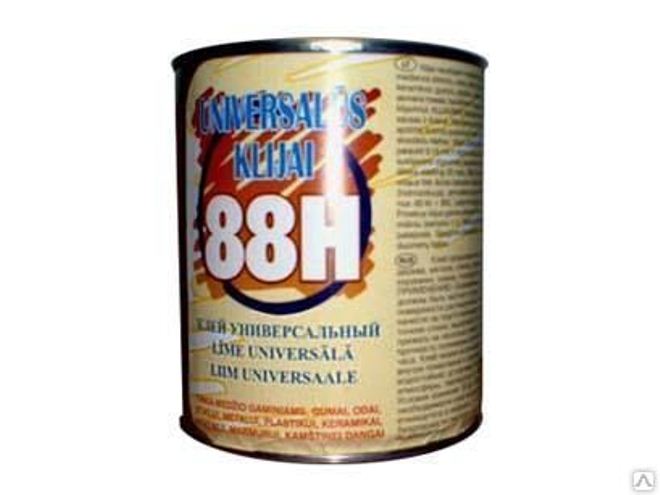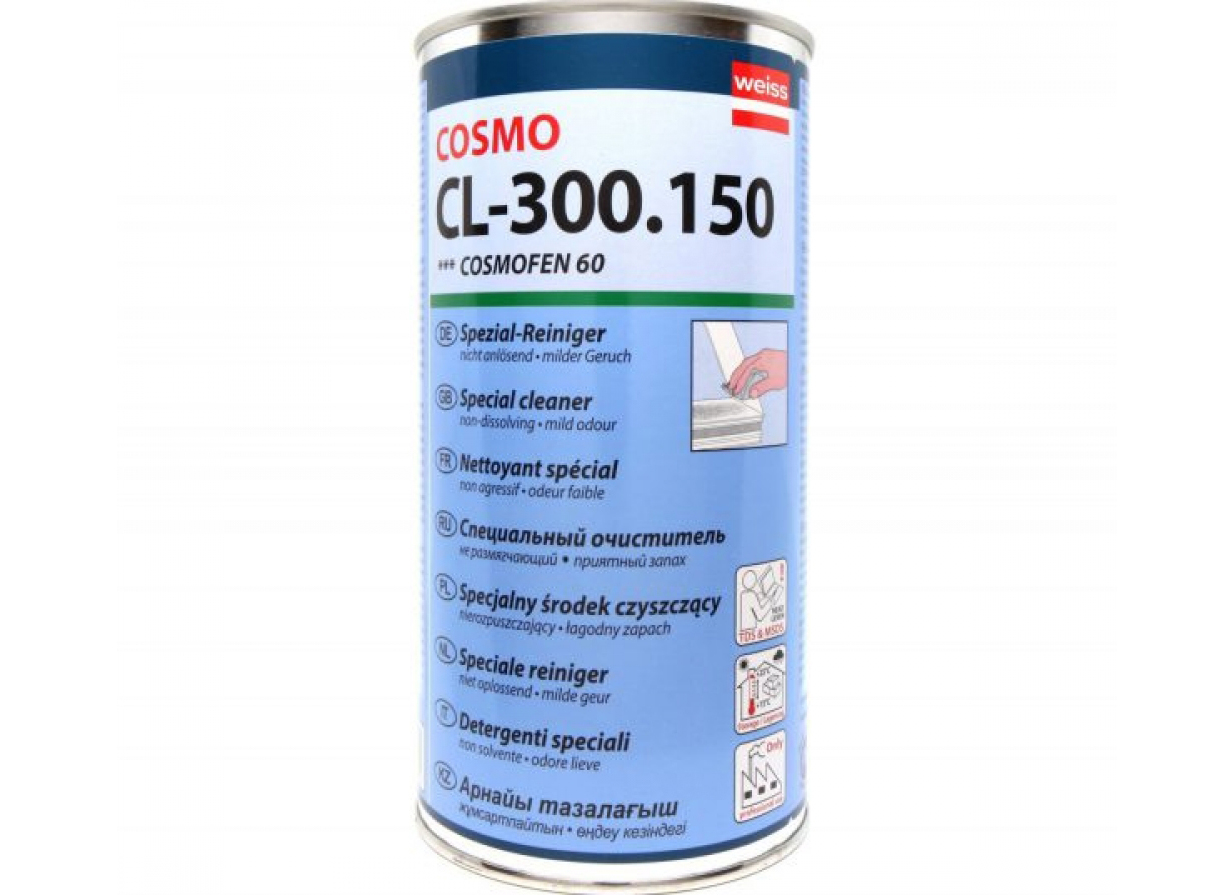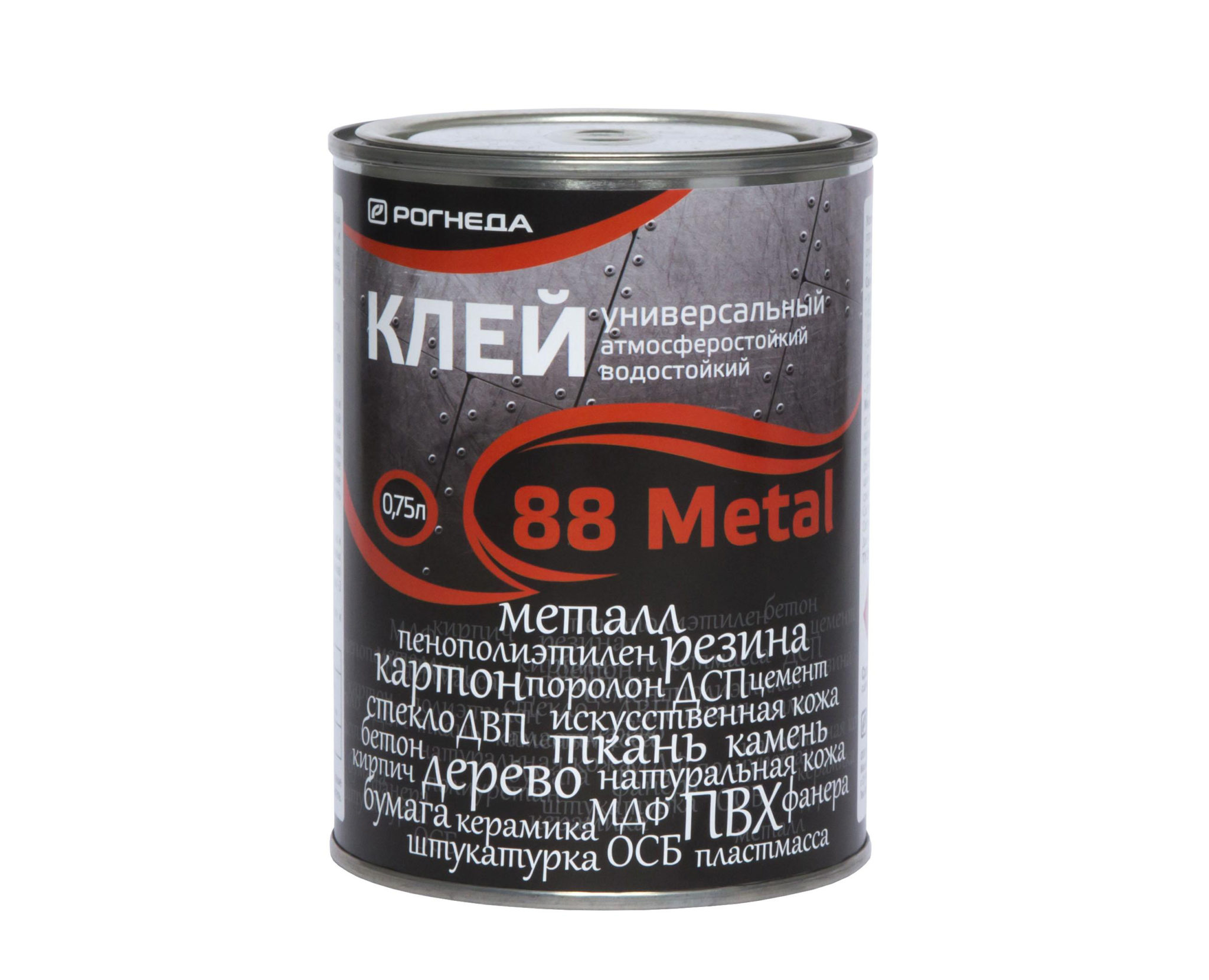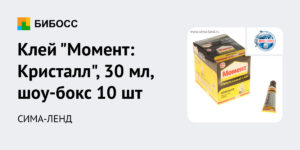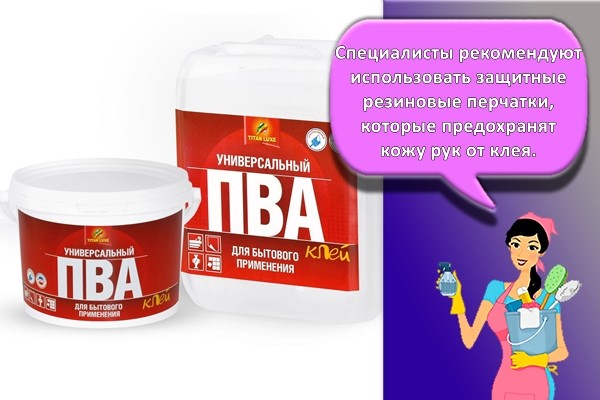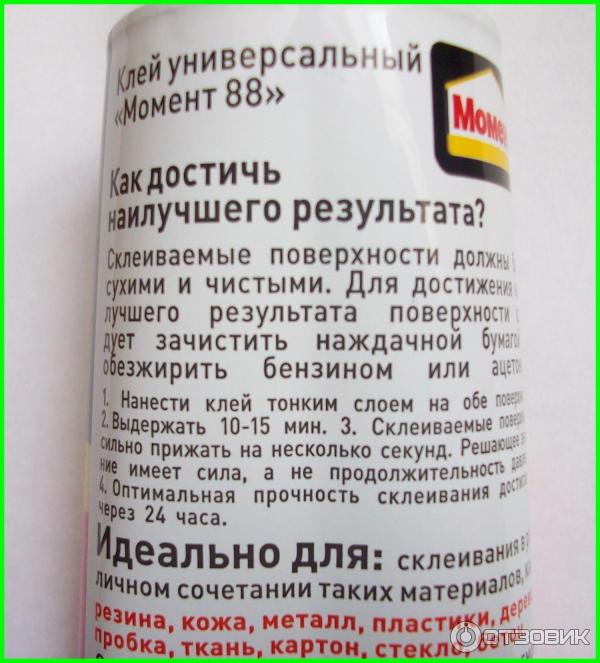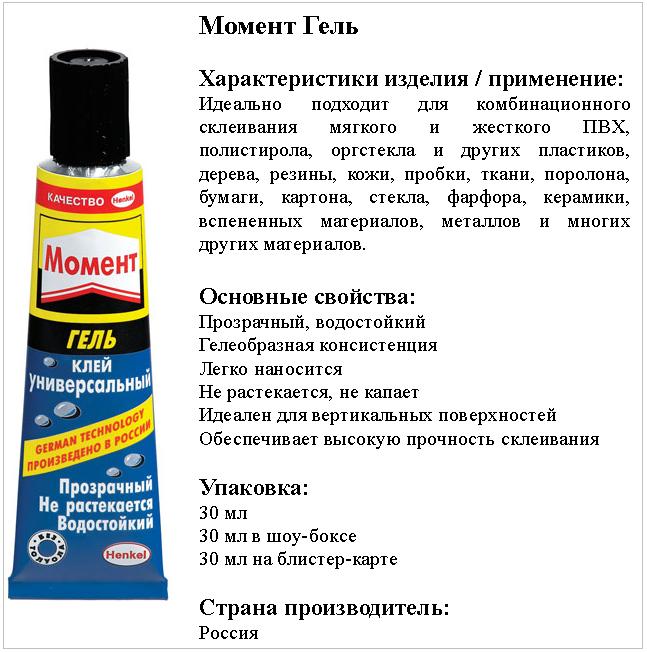How to wash the glue off your hands
If, through carelessness, the glue gets on your hands, it is almost impossible to wash it off with plain water. This will require the use of special tools.
One common option is acetone, which tends to soften the adhesive, making it easy to remove. Acetone is part of nail polish removers and can be purchased in a large number of stores.
It is enough to apply the product on a cotton swab or towel and treat the skin surface. When the dried glue softens, it will gradually flake off and it will remain to gently scrape off the remnants. After using acetone, it is recommended to thoroughly wash your hands with disinfectant soap.
The most affordable and simplest way is to use hand cream. To remove the dried adhesive solution, it is necessary to rub the cream until the substance begins to exfoliate from the skin. An additional advantage is that the cream simultaneously serves as a moisturizing function, which helps to reduce possible damage from exposure to the skin. It is useful to use a cream to eliminate material residues with dry skin of the hands.
Specifications
Nairite glue belongs to one-component compositions. It is produced on the basis of chloroprene rubber (nairite). Additives are organic solvents, iron salts, polymers, vulcanizers. Available in large cans or tubes.
Specifications:
- Versatility due to a wide range of applications.
- Thick consistency, which prevents the substance from spreading during repairs, makes it easier to use.
- The shade is yellow-brown.
- Water-repellent composition, which allows it to be used for gluing seams on boots, prevents leakage.
- After complete drying, harmful, toxic compounds dangerous for the body are not released.
- The percentage of non-volatile substances is 24.
- A density of 0.85 g per cm2 is achieved.
- The degree of delamination is 62 N / cm per day.
- The strength of the glue line is reached after 190 minutes.
- Withstands temperature rise up to 75 degrees.
Areas of use
Versatility, reliability and ease of use have provided the adhesive with an advantage over many adhesives.
Glue 88 is widely used in industries such as shipbuilding, aviation, mechanical engineering, and shoe manufacturing. In the non-production sphere, it is widely used in construction work and in everyday life.
In the construction industry, rubber products or materials based on rubber (linoleum) are glued to any wooden or reinforced concrete base using the cold application method, damaged ceramics are repaired. When gluing to concrete, it is used as a deeply penetrating primer. In everyday life, they can usually glue leather and textile materials, stick foam rubber on various types of surfaces (glass, wood, steel, concrete).
From the video you can learn how to use for plastic:
Product variants
The glue is produced in several versions:
- For bonding difficult to bond building materials.
- For joining vulcanized rubber and concrete or plastic. Differs in low heat resistance.
- A medium for a wide range of uses, durable, waterproof regardless of temperature extremes and the effect of moisture. It is used in the furniture, construction industry, for the creation of cars. There are no volatile elements in the substance - evaporation during solidification is excluded.
- It uses synthetic resins, gasoline, and various additives. It is used for joining rubber, metal, wood and fabric elements. Used in industrial and household applications. It is worth noting that the product meets the requirements of GOST.
The universal adhesive, judging by the reviews, is characterized by good stickiness, which is an advantage of the product.
General rules and principles of use
The strength of the connection between the tile and the stove surface depends on:
- cleaning surfaces from dust and dirt;
- alignment of existing defects;
- thorough mixing of adhesive components;
- tight connection of surfaces after applying KS glue;
- waiting for the product to dry completely.
When masonry is made stoves and fireplaces, then the paste should be applied to both surfaces. After 3 hours, the parts will connect and fully attach after 72 hours. Usually 600-800 grams of glue are spent on 1 square meter of surfaces. Installation of linoleum is carried out by first applying a thin layer, and after 10 minutes - a layer 10 millimeters thick. Smooth out the coating with a roller, removing excess funds.
If the cladding is made outside the house, then the air temperature for work is chosen at least 5 degrees Celsius. The adhesive should be applied correctly on the surface with a spatula. In this case, the thickness of the applied composition should be in the range of 4-8 millimeters. It is best to have an intermittent bead of adhesive on the tile. Then air jams will not form.
If the surface is made of mineral wool, then the surface should be primed with a thin layer of KS glue paste. During work and during the drying period of the glue, it is necessary that there is no exposure to direct sunlight, precipitation.
When working with KS glue, you should not forget about protecting your hands. The alkali in the paste can corrode the skin if it gets on it. If the substance has damaged the skin or mucous membranes, wash your hands under running water and soap. It is advised to wear a working coat, gloves, glasses before repairing. Dangerous if glue gets in your eyes. Here you need to quickly react and rinse the mucous membranes of the eyes with clean water.
How to use correctly
The procedure for gluing tiles with EK 3000 or other varieties of this product is indicated on the packaging. In this case, the surface to which the material is fixed is prepared according to one algorithm in each case.
Preparation of the base
It is recommended to work with tile adhesive at a temperature of 10-25 degrees. This also applies to the foundation. Before proceeding with the decoration of walls or floors, the latter must be cleaned of dirt, dust and grease. Third-party substances negatively affect the adhesion of the tile to the surface. It is also necessary to repair defects over five millimeters deep. For this, plaster is used. If a porous material that absorbs water well is used as a base, a primer is pre-applied to prevent the appearance of mold.
How to prepare a solution
The solution is prepared according to the attached instructions. Depending on the required density, it is necessary to mix 5.75-6.75 liters of water and 25 kilograms of powder. It is recommended to pour and fill both components in a separate container, respectively. Use a drill or construction mixer for mixing.
Features of working with adhesive
The tile is glued according to the following algorithm:
- An adhesive is applied to the material.
- The tile is pressed tightly against the wall.
- Excess glue is removed immediately with a cloth. If necessary, the tiles can be leveled after gluing. This takes no more than 10 minutes.
- After completing the laying of the tiles on the wall or floor, the seam is cleaned.
- After 16-24 hours (depending on the type of adhesive), the seam is rubbed with the appropriate material.
EK 3000 glue is applied in the same way as other similar formulations. For this, a notched trowel is used. The adhesive solution is applied to the prepared surface. But before starting work, each tile must be dried.
How to calculate the expense
The consumption of tile adhesive depends on the brand of the product, the consistency of the composition and the thickness of the applied layer. On average, 1 m2 takes up to 2.5-3 kilograms of material.
Manufacturers
Among the popular TM glue KS are:
- Optimist. This solution is odorless, does not contain toxic substances, non-explosive, fireproof. Made on the basis of liquid glass, additives, fillers. It is used for the installation of tiles, floor bases, for finishing works on fireplaces. It acts as an additive in cement mortars, adding heat resistance to it. The work is carried out in compliance with the temperature regime of 5–35 degrees. The plane is preliminarily cleaned, the mass is well mixed, applied with a notched trowel.
- Construction glue KS 3 Malva. Designed for gluing linoleum with a base, tiles, wood. It is not explosive, after defrosting it retains its properties. Produced on the basis of sodium silicate, mineral additives, excipients. Before application, the surfaces to be glued are cleaned and degreased. The glue is thoroughly mixed, applied to one of the surfaces, and pressed tightly. In this case, the layer should not exceed 1 mm in thickness. The excess mass is removed with a clean, damp cloth.
- Frost-resistant KS-D. Provides high strength, adhesion, frost resistance of the joint. It is used for gluing parquet, ceramics, drywall, wood elements. Applicable to various surfaces, including porous ones. The composition does not include toxic substances, it is safe for humans and the environment. Convenient to use. Not stored near heaters or other heat sources. Storage for a month at -15 degrees is permissible.
Precautionary measures
In the process of polymerization of VK-9, phenols and formaldehydes, harmful to health, are released. Even slight vapors can cause an allergic reaction in people with weakened immunity in the form of itching, rash, and rhinitis in people with weakened immunity. If glue gets on the skin, if it is not removed, it can cause a chemical burn, which takes a long time and is difficult to heal.
Splashes of epoxy that have got into the eye cannot be removed on their own. You will need an urgent appeal to an ophthalmologist. The manufacturer's instructions indicate that it is not recommended to work with resins for persons under 18 years of age.
To protect against vapors and skin contact with resins during mixing and handling, it is necessary to:
- Respirator. Type: gas mask. Filter element: activated carbon, oxygen cartridge.
- Safety glasses.
- Overalls.
- Gloves.
This degree of protection is necessary when filling large areas, when harmful emissions can have a disease-causing effect on the liver, heart, and stomach. For small jobs, latex gloves and glasses are sufficient.
General information
This product is a light colored substance with a beige or greenish tint. According to GOST 2199-78, 88-CA glue may have a specific odor. It is flammable.
SA-88 glue is produced according to a certain technology. It is produced on the basis of gasoline by synthesizing natural rubber using a special solvent. This process is regulated by the aforementioned GOST. Glue 88-CA is intended for cold bonding of rubber and fibrous materials.
It is allowed to stick to a metal base, including painted one, as well as glass, fabric and leather.
All the characteristics of the product declared by the manufacturer are observed when the materials are in the thermal range from -50 to +60 degrees.
The glue can be used in sea and fresh water conditions.
Its positive quality is the fact that it does not provoke corrosion on steel and aluminum materials.
Glue 88-CA forms a film after drying. It is characterized by some elasticity.
In appearance, the product has a viscous structure and a uniform consistency. According to its technical characteristics, CA-88 glue may contain a slight sediment.
Composition and properties
The ratio of epoxy and polyamide resins in the composition of VK-9 is 1: 2, in mass units - 60:40. Visually - a gray, viscous mass.Additional components - organosilicon compounds and mineral inclusions:
- asbestos;
- boron nitride;
- titanium dioxide.
The compositional composition hardens at a temperature of +20 degrees. Heating the components during mixing until they boil leads to crystallization and loss of adhesive properties. The mixture retains the property of gluing surfaces for 2.5 hours. The seam obtained after hardening is highly resistant, does not allow water to pass through, does not react to acids, alkalis, heating, and does not shrink.
The maximum tensile strength after hardening at +20 degrees is achieved during the day:
- setting after 2 hours;
- strength at a pressure of 10-12 technical atmospheres (atm) - after 5-7 hours;
- in 150-160 technical atmospheres (atm) - after 18-20 hours.
The in-plane shear strength varies from 140 atm at +20 degrees, to 45 atm at +125 degrees. The adhesive connection retains working qualities at temperatures up to +125 degrees. At +200 degrees, functionality - 500 hours, at +250 degrees - 5 hours. Each of the components of the glue has advantages, the combination of which gives, in general, the desired properties.
Epoxy resin
Epoxy resin in VK 9 is a brown, transparent, viscous liquid.
Characteristics of the substance:
- gives a strong bond with metal surfaces;
- resistant to aggressive chemical influences;
- uniform solidification, without shells and cracks;
- does not collapse under the influence of temperature;
- does not let water through;
- during the hardening reaction, phenols, formaldehydes evaporate.
In its pure form, the epoxy joint is not flexible enough: it cannot withstand vibration.
Polyamide resin
Polyamide and epoxy resins mix well.
Polyamide polymer:
- elastic;
- slightly absorbs water;
- does not emit toxic fumes;
- possesses high density after solidification;
- resistance to squeezing.
The synthetic compound belongs to surfactants, superior in adhesion property to epoxy resin.
Safety precautions when working with adhesives
One of the features of 88 grade glue is that under the influence of external factors and various chemicals, it does not release hazardous substances into the atmosphere. The use of the products is not harmful to human health and the environment. At the same time, when working with materials, several safety rules must be observed, including the following:
- Store products away from heat sources to prevent deterioration and fire. The best storage space is in a dark, dry room.
- Working gloves should be used when treating surfaces, as due to the rapid setting, the skin of the hands can be damaged.
- Products that have expired the expiration date indicated on the packaging cannot be used for their intended purpose.
- If the solution gets on sensitive areas, you should not try to wipe it off yourself, it is better to consult a doctor.
Instructions for use
First of all, the required surfaces must be cleaned with sandpaper or a grinding machine, degreased and dried.
Stir the glue well before use, if necessary, dilute with ethyl acetate to the consistency of liquid sour cream so that it does not reach behind the brush and does not drip. There are two ways to use it when hot or cold.
- When using the product hot, it is distributed over the working surface in the thinnest possible layer, then after half an hour the objects are heated to 80-90 degrees, connected and left under pressure for 3-4 hours.
- The essence of the cold method is that, 20 minutes after applying the first layer of glue, another layer is applied. Then the required part is attached and left under the press for a day at a temperature of 15-20 degrees Celsius.
For cold gluing, varieties 88-H, 88-NP, 88-CA are suitable. 88-NT and Lux can be used in both ways.
Specifications
The glue is a thick, viscous mass of gray-green or beige in color, the tones of which can vary. The composition includes rubber, phenol-formaldehyde resin, ethyl acetate, nefras solution. Sediment is allowed. In this case, you will need to mix the substance well. It should be noted that the glue does not absorb various toxic components for human life and health. It will be safe to work with it under different conditions. It is water-resistant, heat-resistant, flexible, and quickly sets. Let's consider the main product options.
88-CA
This option is usually used in order to glue difficult building materials. These include, for example, metal, foam rubber and many others. That is why this brand is quite popular. The glue can withstand temperatures from minus forty to plus fifty degrees. The substance is resistant to mold and has excellent anti-corrosion properties. This option is actively used in the automotive industry, in the construction of aircraft, in the creation of furniture. It can be used as assembly glue.
88-H
This model will allow bonding vulcanized rubber to concrete / plastic / metal. Gasoline is included in the substance. The heat resistance of the glue is low. Strength -11.5 kgf / cm2
88-NP
This special substance is suitable for a wide range of applications. The option is quite durable, waterproof, regardless of whether it is fresh or salt water. Good adhesion of rubber to concrete, leather, glass, metal. The model can withstand significant temperature changes (from minus fifty to plus seventy). This product can be successfully used in the creation of upholstered furniture, in construction, and the automotive industry. At the same time, there are no volatile elements in the substance that would evaporate during solidification.
88-NT
This option has synthetic resins, gasoline, and various additives. Perfect for gluing leather, rubber, metal, wood, fabric. The substance is resistant to cold and heat
The impressive elasticity of the model also attracts attention. Can be used in industry or daily life
Complies with all GOST standards.
88-Luxe
This option is universal. It glues rubber, textiles, wood, foam, paper, glass and much more. The model is used to create cars, furniture, radio equipment. Long-term stickiness is another advantage of the product. Thanks to this property, the substance can be used on impressive surfaces.
88-Metal
This versatile glue will help you bond metal to other non-metallic items. Strong, durable, waterproof - this is how the model can be described. The Rogneda company created this glue. The substance will provide a strong and reliable connection of surfaces. It should be noted that the material must not be diluted with toxic substances, with the exception of gasoline. The product contains polychloroprene rubber of increased elasticity. Users also note the quick drying of the product, low consumption, and, consequently, savings.
88-M
This variant shows a high level of tensile strength. The glue can be used at temperatures ranging from minus forty to plus seventy degrees. As for the scope, it is similar to the above models.
We have considered the main options for glue modifications. It should be noted that the cost of each model is acceptable and affordable. This is another advantage of the product.
Rating of the best adhesives
Numerous observations of anglers allowed us to make a rating of adhesives and draw conclusions which one is better to choose to eliminate cuts and scratches from PVC boats.
"RK-2" - glue is perfect for gluing rubber and PVC products. As a result of gluing the surfaces of "RK-2", an elastic and reliable seam is formed. The glue is characterized by increased resistance to water, temperature changes and other atmospheric changes.
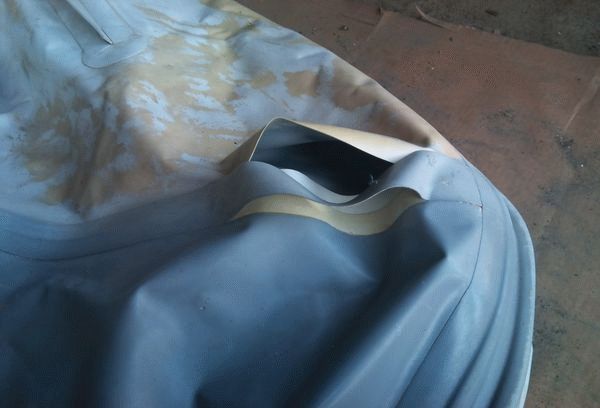
"UR-mono" is a one-component adhesive that is used without hardeners. The composition is characterized by increased water resistance, resistant to ultraviolet radiation and at the same time low toxicity. Glue "Ur-mono", most often, repair coatings made of polyvinyl chloride.

Texacol is a polyurethane-based adhesive specially designed for bonding synthetic materials such as polyurethane and PVC. It can be two- and one-component. The composition is applied without hot reactivation, has an increased initial adhesion. If hardeners (Desmodur RC, Desmodur RFE, Polydur PU 65) are used together with the adhesive, its characteristics are improved: excellent thermal and hydrolysis resistance is observed.
Advice! If you need to strengthen the armor of the bottom of the boat, then add Desmodur RC, Desmodur RFE is perfect for repairing the cylinder.
"Vinikol 1520" refers to polyurethane compounds, which are designed for gluing synthetic materials to each other, including for the repair of swimming facilities made of polyvinyl chloride. The adhesive is very resistant to water degradation (hydrolysis).

Penosil Fix Go - the composition is made on the basis of epoxy substances and, in fact, is cold welded, characterized by a very high bonding ability. The adhesive hardens instantly, is easy to work with, and therefore ideal as an emergency bonding agent for PVC surfaces.

"Master" - German-made glue, the basis of the composition is the rubbers Desmocoll, is a universal, water-resistant composition. "Master" is equally good at gluing plexiglass, leather, fibrous fabrics, cardboard, rubber, PVC and paper.
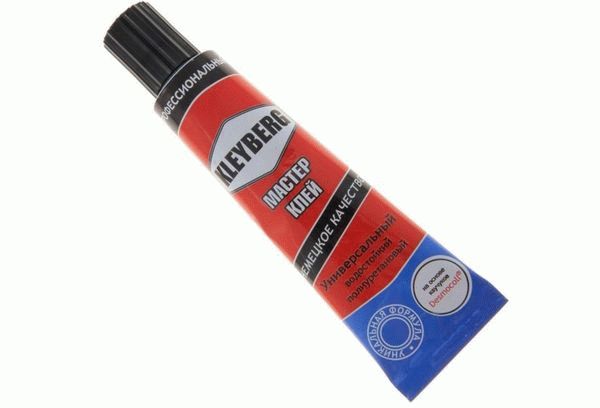
Kernil - the composition is very popular among consumers, super strong, reliably glues dissimilar surfaces of products. Reusable adhesive is possible.
"From polyvinyl chloride 900I" - polyurethane adhesive, used for gluing air mattresses and swimming pools, plastic awnings, rubber soles of shoes, balls, PVC fabrics. The glue is highly resistant to gasoline, various oils, acids and water.
Advice! The best glue for a boat is the one that is purchased with it and is in the repair kit. This is due to the fact that it is intended specifically for PVC boats, so there will be no unpleasant surprises after its application.

Selection and technology of working with glue for rubber
For the repair or manufacture of products, it is necessary to select high-quality rubber glue. The more flexible the finished structure is, the more elastic the composition should be.
It is also important to take into account the humidity and operating temperatures of the product, the subsequent load, the structure of the materials (hard, soft, porous). Rubber-based glue should not harm the base material, show chemical aggressiveness to it
Subtleties of the process
To reliably glue two surfaces or repair a defect, you need to make sure that the consistency of the glue is optimal. It usually thickens when stored improperly or when it expires. If in the second case it is better to throw out the composition, then in the first case you can dilute it a little. How to dissolve too thick glue? Nephras or benzene are usually suitable and are added until smooth.
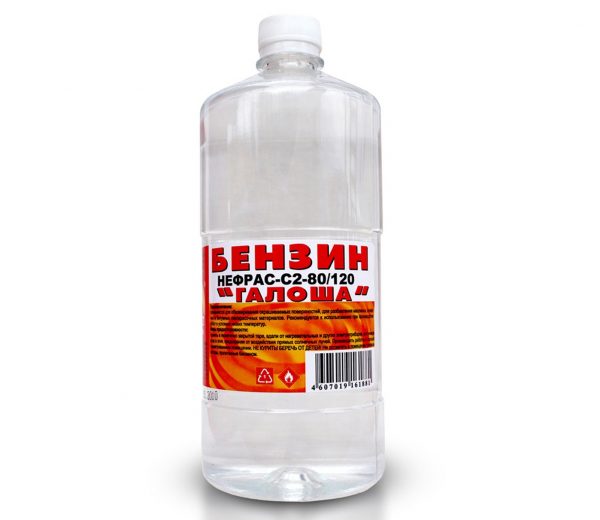
Other helpful tips when using glue:
- the temperature in the room should not fall below +5 degrees, otherwise the speed of solidification of the composition will sharply decrease, as well as the quality of the glue line;
- rubber compounds are flammable, work with them is permissible only with careful observance of fire safety rules (it is forbidden to be near any sources of fire);
- deviate from the manufacturer's instructions, it is impossible to reduce the holding time of the glue seam before operation;
- for hot gluing, it is most convenient to use a building hair dryer, which very quickly heats the glue to the required limit;
- during hot gluing, harmful vapors are released intensively, so work can only be done with good ventilation and wearing a respirator.
Surface preparation
When preparing before gluing, you need to remove any dirt from the products. It is recommended to sand smooth materials (sandpaper), this will help to enhance the adhesion of the glue to the base. After that, both parts must be degreased before gluing, for this they must be wiped with alcohol, acetone or another rapidly evaporating liquid. Surfaces must be completely dry before work.
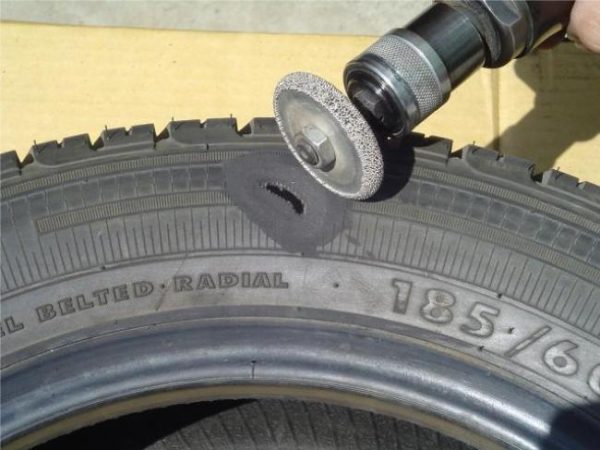
Adhesive application
Thick adhesives are applied with a small spatula, thinner ones - with a brush. The thickness of the adhesive layer is about 2 mm. After applying it on 2 layers, the parts are immediately pressed against each other, or the glue is heated or allowed to dry a little in the air - depending on the manufacturer's recommendations.
When repairing a boat, a thinner adhesive layer (1 mm) is made, then a piece of gauze is applied, another layer is applied, and only then a patch is attached. The glue that has come out is immediately removed with a knife, a spatula. The product is kept for 1-2 days or more, preferably in a vice or under a press.
